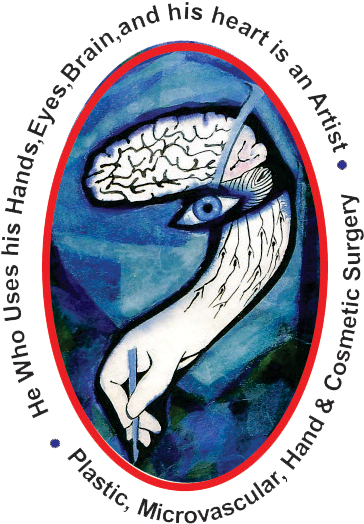Hand Surgery
Hand procedures or treatments also called as reconstructive hand surgery, help correct a wide range of functional and cosmetic problems affecting your hands, wrists and forearm and help restore your hands’ healthier and more youthful appearance.

Congenital
Occasionally, babies are born with noticeable structural differences in their hands, wrists, forearms or elbows—the area of the body know as the upper extremities. Many congenital differences are undetectable in the womb, and most are not hereditary. They sometimes just happen. Our surgeons specialize in the assessment and treatment of congenital hand differences.
Carpal Tunnel
Carpal tunnel release is a surgery used to treat and potentially heal the painful condition known as carpal tunnel syndrome. Doctors used to think that carpal tunnel syndrome was caused by an overuse injury or a repetitive motion performed by the wrist or hand, often at work. They now know that it’s most likely a congenital predisposition (something that runs in families) – some people simply have smaller carpal tunnels than others.
Cubital Tunnel
Cubital tunnel syndrome happens when the ulnar nerve, which passes through the cubital tunnel (a tunnel of muscle, ligament, and bone) on the inside of the elbow, is injured and becomes inflamed, swollen, and irritated. Cubital tunnel syndrome causes pain that feels a lot like the pain you feel when you hit the “funny bone” in your elbow.
Brachial plexus surgery
A bundle of connected nerves in the neck region of your spinal cord sends branches down into your chest, shoulders, arms, and hands. This group of nerves is called the brachial plexus. These nerves control the motions of your wrists, hands, and arms, allowing you to raise your arm, type on your keyboard, or throw a baseball.
Questions? We got Answers!
Your doctor may recommend a physical therapy program to help you get the best results from your surgery. Physical therapy can help you regain range of motion, strength, and flexibility after surgery.

